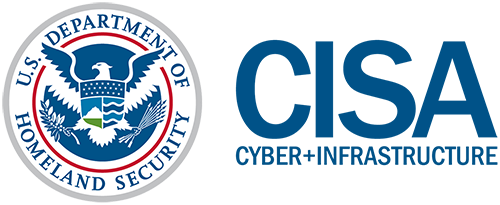MITRE has recently unveiled its annual compilation of the Top 25 “most dangerous software weaknesses” for the year 2023. These vulnerabilities pose significant risks to software systems, allowing attackers to exploit them for unauthorized control, data theft, and application disruption.
Analyzing Vulnerability Data
The U.S. Cybersecurity and Infrastructure Security Agency (CISA) stated that these weaknesses are responsible for serious vulnerabilities in software. By analyzing public vulnerability data from the National Vulnerability Database (NVD) and mapping them to Common Weakness Enumeration (CWE) weaknesses over the past two years, MITRE evaluated 43,996 CVE entries. Each vulnerability was assigned a score based on its prevalence and severity.
Top 10 MITRE Most Dangerous Software Weaknesses:
- Out-of-bounds Write
- Cross-site Scripting
- SQL Injection
- Use After Free
- OS Command Injection
- Improper Input Validation
- Out-of-bounds Read
- Path Traversal
- Cross-Site Request Forgery (CSRF)
- Unrestricted Upload of File with Dangerous Type
MITRE: 2023 CWE Top 25 Most Dangerous Software Weaknesses
Significance of Out-of-bounds Write
Out-of-bounds Write claims the top spot for the second consecutive year, with 70 vulnerabilities in the Known Exploited Vulnerabilities (KEV) catalog in 2021 and 2022 falling under this category. On the other hand, Improper Restriction of XML External Entity Reference dropped off the Top 25 list.
CISA - KEV: Known Exploited Vulnerabilities Catalog

Importance of Vulnerability Data Analysis
According to the CWE research team, conducting trend analysis on vulnerability data enables organizations to make informed decisions regarding vulnerability management. This analysis assists in directing investments and policy-making efforts in the field of cybersecurity.
Hardware Weaknesses and Prevention
MITRE also maintains a list of crucial hardware weaknesses, aiming to educate designers and programmers about avoiding critical mistakes early in the product development lifecycle. By addressing these issues proactively, organizations can prevent hardware security problems.
MITRE: 2021 CWE Most Important Hardware Weaknesses
Recommendations for Hardening CI/CD Environments
CISA and the U.S. National Security Agency (NSA) have jointly issued recommendations and best practices to fortify Continuous Integration/Continuous Delivery (CI/CD) environments against malicious cyber actors. These recommendations include implementing strong cryptographic algorithms for configuring cloud applications, minimizing the use of long-term credentials, adopting secure code signing, employing two-person rules (2PR) for code review, applying the principle of least privilege (PoLP), utilizing network segmentation, and conducting regular audits of accounts, secrets, and systems.
Mitigating Exploitation Vectors
By implementing the proposed mitigations, organizations can reduce the number of exploitation vectors into their CI/CD environments, making it challenging for adversaries to infiltrate these systems. These measures serve as a proactive defense against potential cyber threats.
Concerns about Publicly Accessible Remote Management Interfaces
According to recent findings by Censys, numerous devices on various U.S. government networks have exposed remote management interfaces on the open web. These interfaces, often utilizing remote protocols such as SSH and TELNET, have become common targets for nation-state hackers and cybercriminals. The exploitation of remote desktop protocol (RDP) and VPNs has increasingly emerged as a preferred initial access technique, as highlighted in a report by ReliaQuest.
Identifying CISA BOD 23-02 Internet-Exposed Networked Management Interfaces with Censys
Conclusion
Staying aware of the top software weaknesses is crucial for organizations to prioritize their vulnerability management efforts. MITRE’s annual list serves as a valuable resource for identifying and addressing potential security gaps. By following recommended best practices and implementing the necessary mitigations, organizations can enhance their cybersecurity posture and reduce the risk of exploitation.

